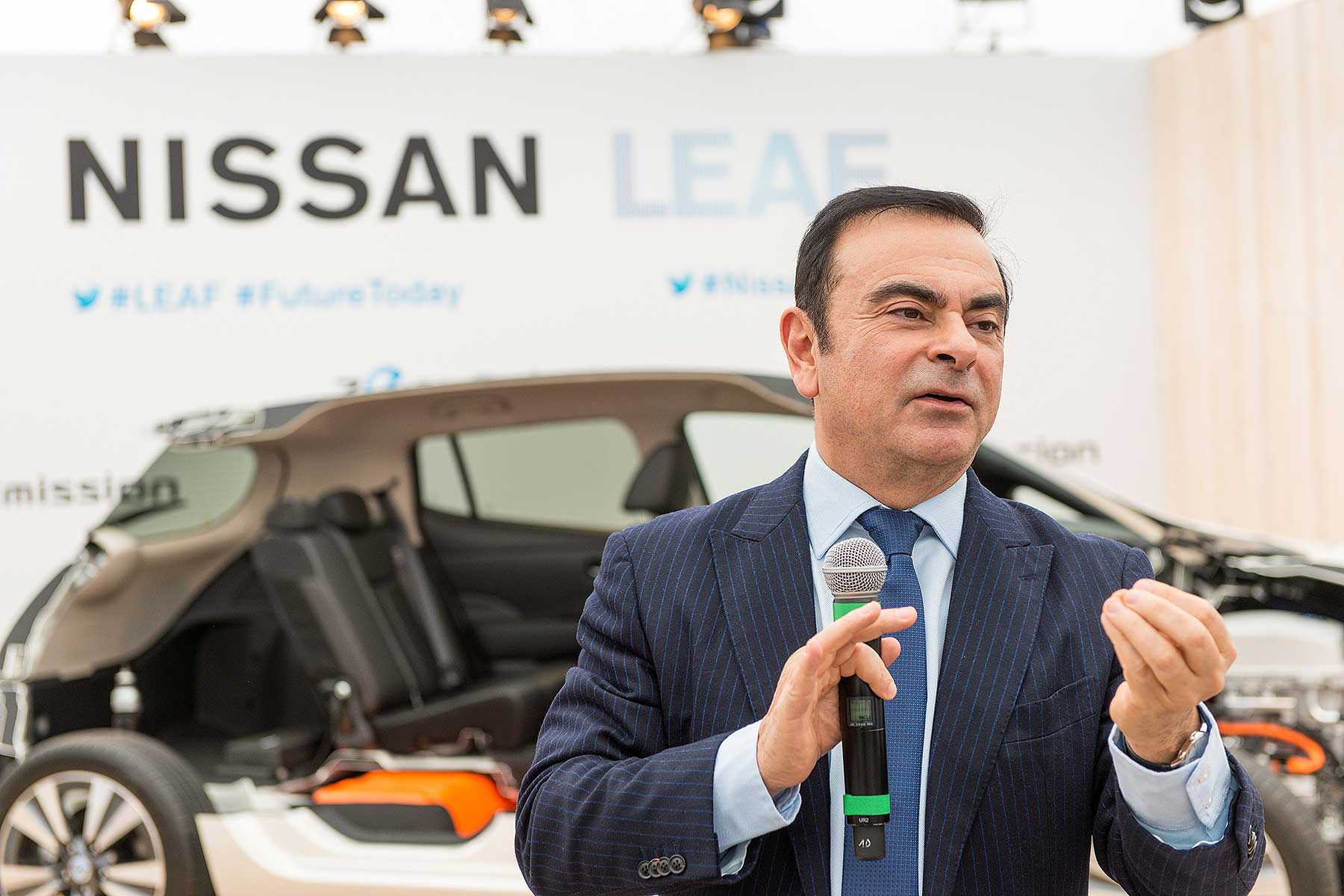 The arrest of Carlos Ghosn has shocked the automotive world, with the Nissan chairman accused of underreporting his salary, using company funds for personal use and “significant acts of misconduct”.
The arrest of Carlos Ghosn has shocked the automotive world, with the Nissan chairman accused of underreporting his salary, using company funds for personal use and “significant acts of misconduct”.
As a result, Ghosn will be dismissed, with the Nissan board apologising “for causing great concern to [its] shareholders and stakeholders”. It’s the latest in a long line of scandals to rock the car industry. These are some of the biggest.
Cancer-causing cadmium found in Volkswagen hybrids
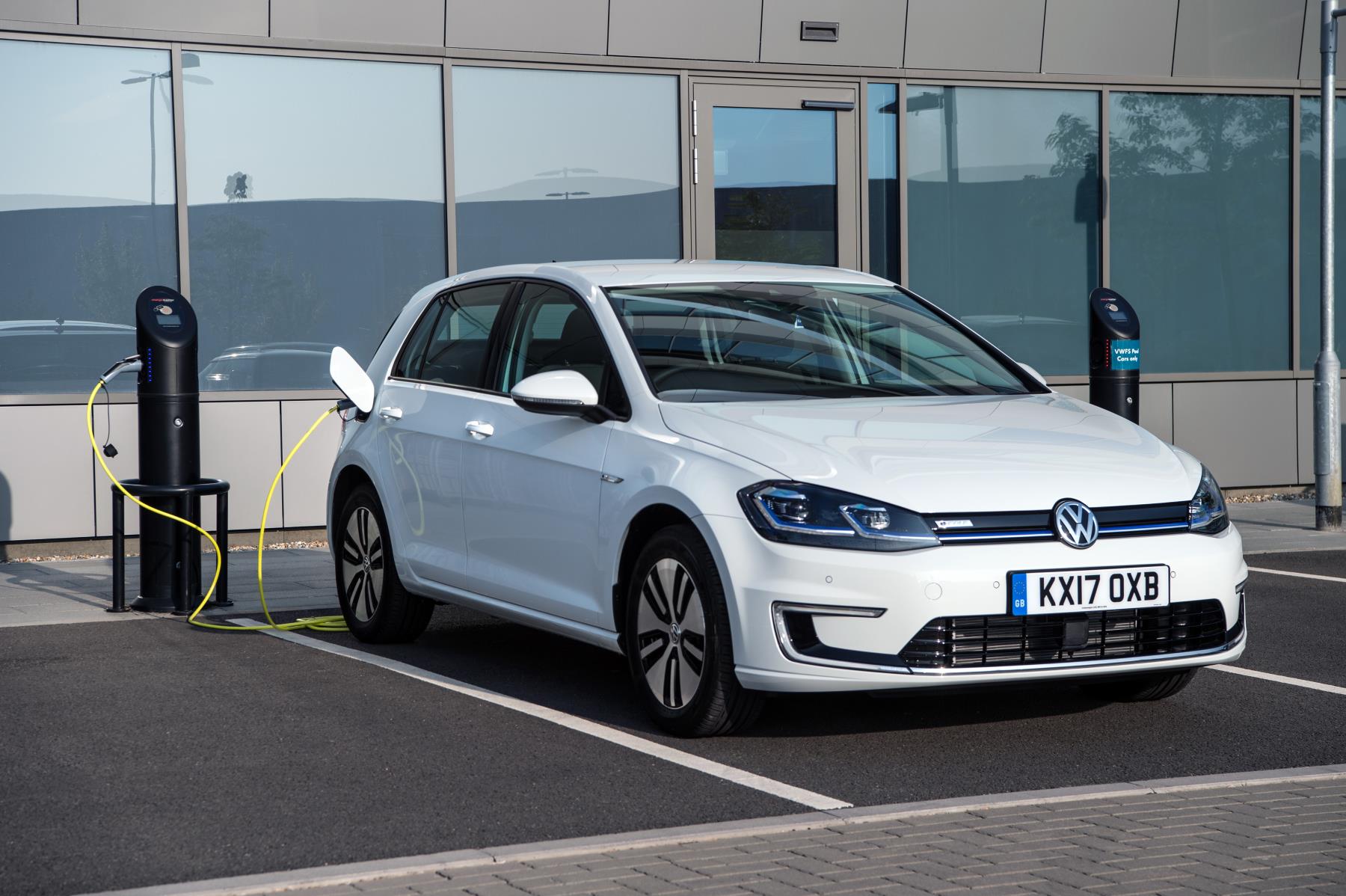
The discovery of cadmium – a highly toxic cancer-causing metal – in 124,000 Volkswagen plug-in hybrid and electric cars has led to a production shutdown. The issue affects Golf GTE, Passat GTE, e-Golf and e-Up! models, which may be recalled to fix the fault.
Volkswagen is, of course, no stranger to controversy (read more about ‘Dieselgate’ below), but it’s certainly not the only car company with skeletons in its closet. Here is our pick of the biggest motoring scandals.
Jack Sears hits 185mph on the M1 motorway
Prior to July 1967, users of Britain’s motorway network were unfettered by speed limits. Although most contemporary family cars would struggle to top 100mph, some drivers had slightly loftier ambitions.
In June 1964, AC Cars used the M1 to test high-speed performance of its A98 Le Mans Coupe, with driver Jack Sears reaching a completely legal, but terrifying, 185mph. Although it may not have directly lead to the 70mph speed limit, it certainly focussed the minds of policymakers.
Tesla Model 3 production woes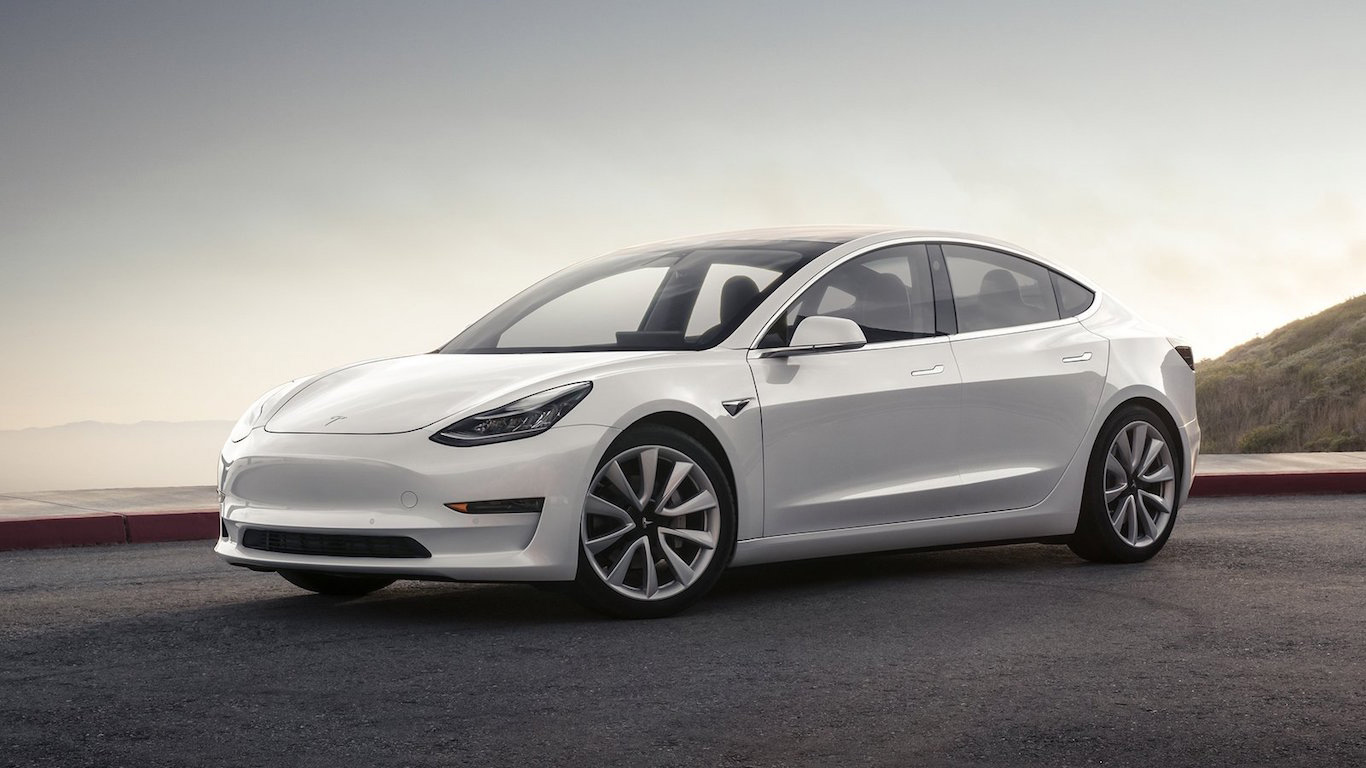
With Tesla CEO Elon Musk touting the Model 3 as the affordable face of all-electric motoring, including competitive pricing to match, interest was naturally high. Some 455,000 reservations were taken for the Model 3 by August 2017, and Tesla was confident of producing 100,000 cars in 2017, and 400,000 in 2018.
However, Tesla fell way short of the predicted numbers, with just 260 cars trickling out of the factory by the end of September. A series of ‘bottlenecks’ were blamed, although Elon Musk at least ensured that he took home the very first Model 3 to be built.
Ralph Nader swings opinion on the Chevrolet Corvair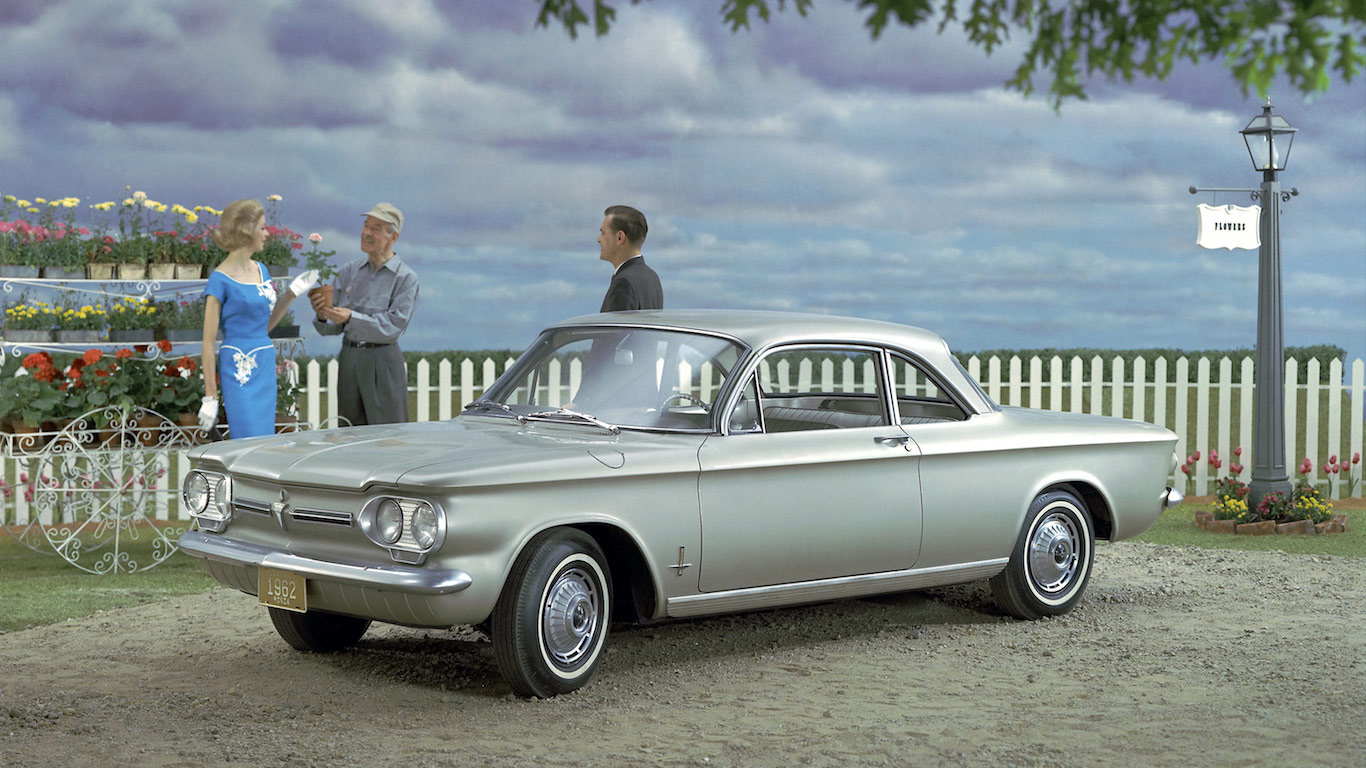
As a core subject of the 1965 book Unsafe at Any Speed by US consumer advocate Ralph Nader, the Chevrolet Corvair garnered attention for all the wrong reasons. With a rear-engined swing-axle setup, Nader argued that the Corvair was inherently dangerous and a risk to everyday drivers.
Although independent studies suggested the Corvair was no riskier than other contemporary offerings, the media scandal forced General Motors to make changes. A new front anti-roll bar was added to make the handling more controlled, but the damage to sales was already done.
Cost-benefit analysis and the Ford Pinto
That the Ford Pinto, introduced in 1971, was prone to catching fire after even minor rear-end impacts was not even the most sordid part of this debacle. That instead was found in an internal Ford memo, which weighed the cost-benefit analysis of fixing the known problem, versus doing nothing.
Despite the required modifications adding just $11 to the cost of building the Pinto, Ford’s analysis found that taking no action would be more economically beneficial. By 1978, Ford was forced into recalling 1.5 million Pintos for modifications, whilst subsequent lawsuits would cost hundreds of millions of dollars.
Takata airbag recall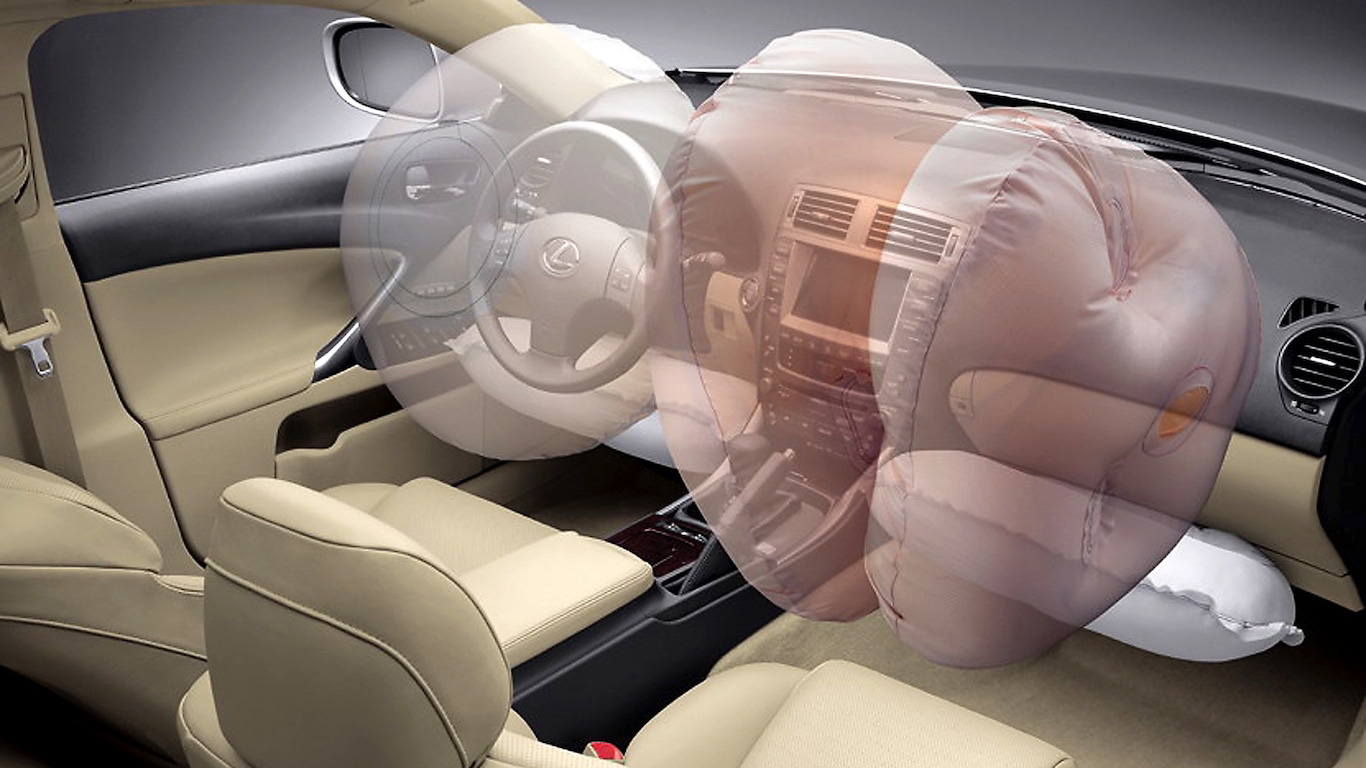
The irony of a safety device like an airbag being potentially lethal was seemingly lost on the Takata Corporation, who allegedly covered up knowledge of manufacturing defects in its airbag inflators. When exposed to hot and humid conditions, the Takata inflators could rupture unexpectedly, showering drivers and passengers with deadly shrapnel.
With the airbags fitted to tens of millions of cars across the globe, covering brands from Audi to Volkswagen, a giant recall is still ongoing. Takata executives pleaded guilty to criminal wrongdoing, and paid $1bn to resolve a US Justice Department investigation. The cost of the payout, and related compensation, resulted in Takata filing for bankruptcy.
John DeLorean and the FBI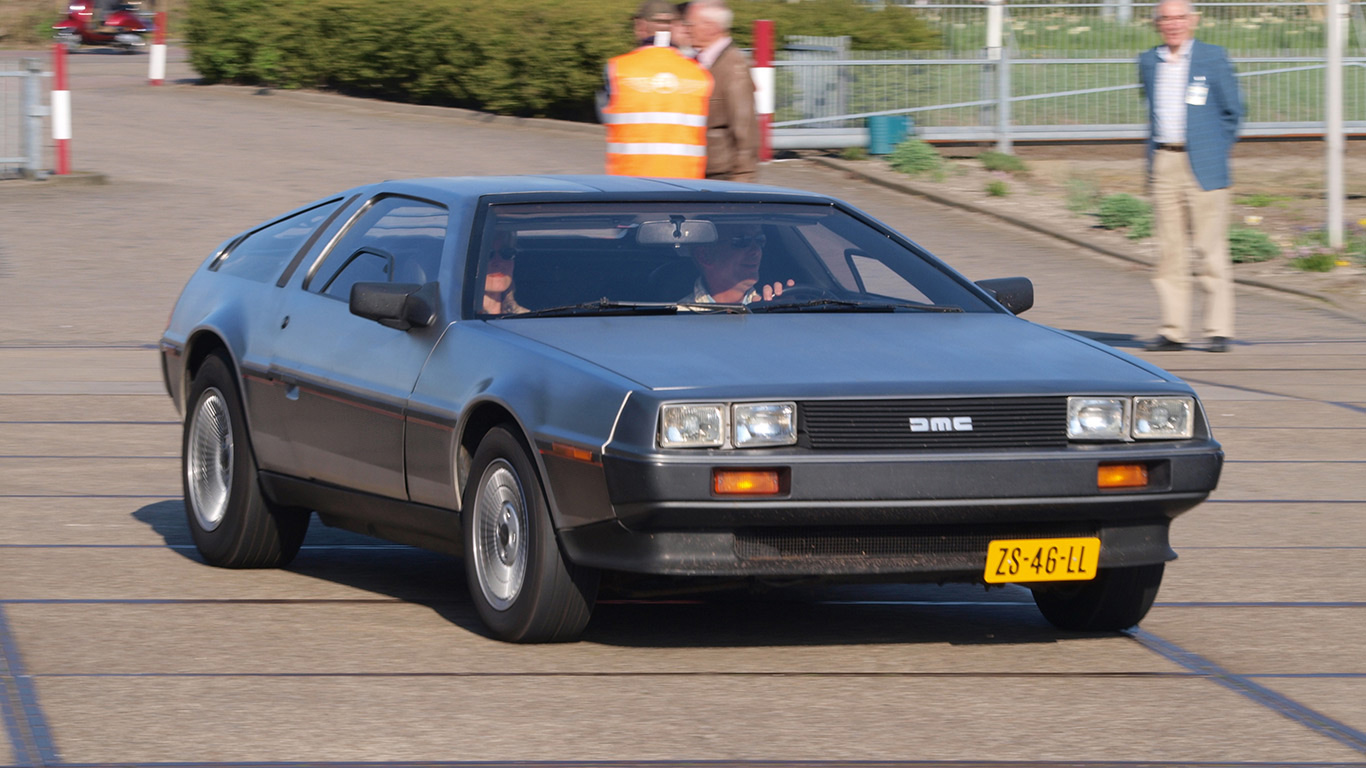
No, it’s not the shocking news that the DeLorean DMC-12 is actually unable to time travel if fitted with a flux capacitor. Although the ability to go back in time may have been useful for John DeLorean, who found the company facing financial difficulties early in the DMC-12 project.
Unable to produce and sell enough cars to meet costs, DeLorean considered cocaine smuggling in 1982 as a way to meet the company’s debts. A sting operation by the FBI saw DeLorean charged with drug trafficking, although he was able to argue entrapment and escape conviction. The company still fell into bankruptcy, whilst DeLorean himself would be declared personally bankrupt in 1999.
Vic Lee transports more than just race cars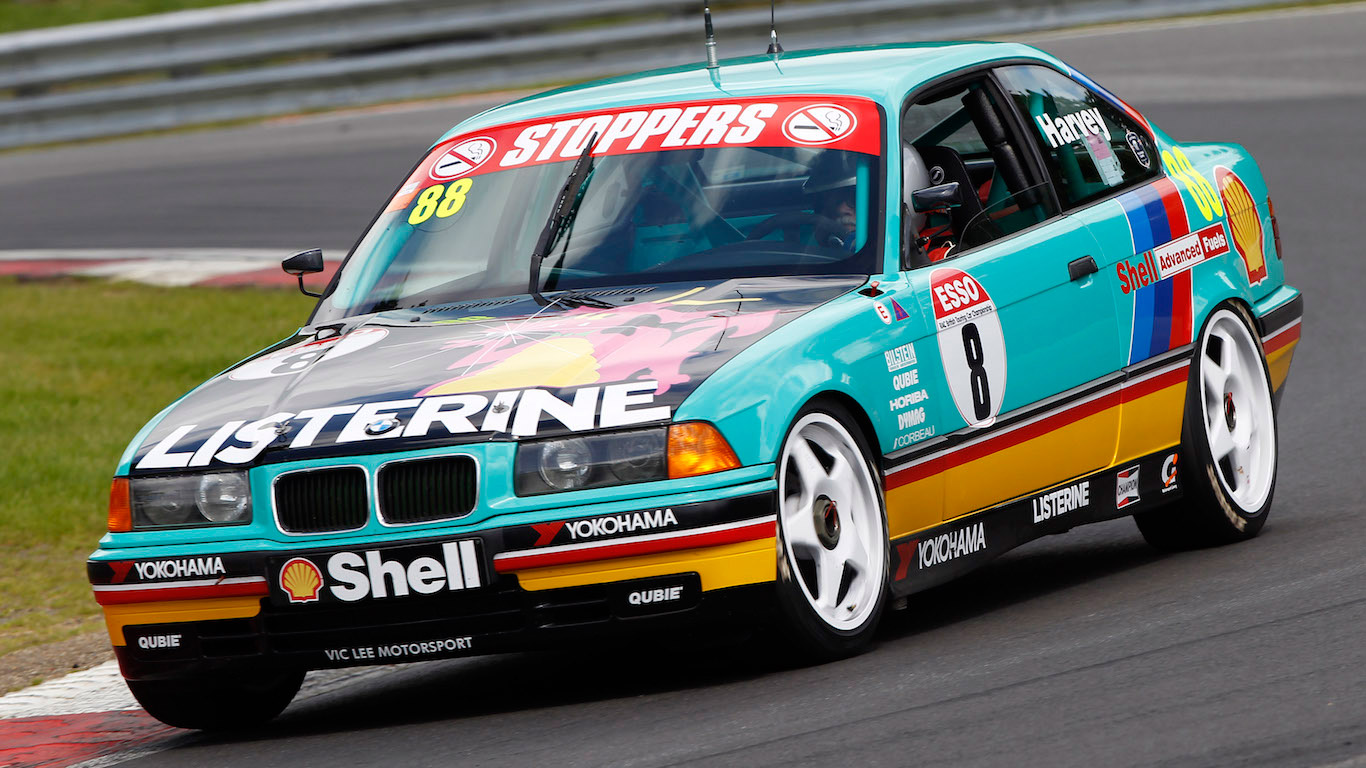
In the early 1990s, Vic Lee Motorsport saw considerable success in the British Touring Car Championship, with star drivers like Tim Harvey and Will Hoy taking title wins. However, suspicions were raised as to why a team based in the UK was testing at the Zandvoort circuit in the Netherlands. The answer was drug smuggling, with team owner Vic Lee caught stashing £6m worth of cocaine in the team’s race transporter in 1993.
Lee received a 12 year prison sentence, but was released on parole in 1998. He returned to motorsport, but was caught again in 2005 transporting £1.7m of cocaine in the boot of his car.
1995 Takata seat belt recall
Killer airbags were not the Takata Corporation’s first taste of scandal, with the company becoming embroiled in the recall of over eight million cars sold in the United States between 1986 and 1991. Following an investigation by the National Highway Traffic Safety Authority (NHTSA), it became apparent that the plastic used in Takata seat belts became brittle when exposed to ultraviolet light.
A total of 11 manufacturers were affected, with Honda penalised for failing to make authorities aware of the Takata seat belt problem, despite knowing of the issue since 1990.
Audi 5000 unintended acceleration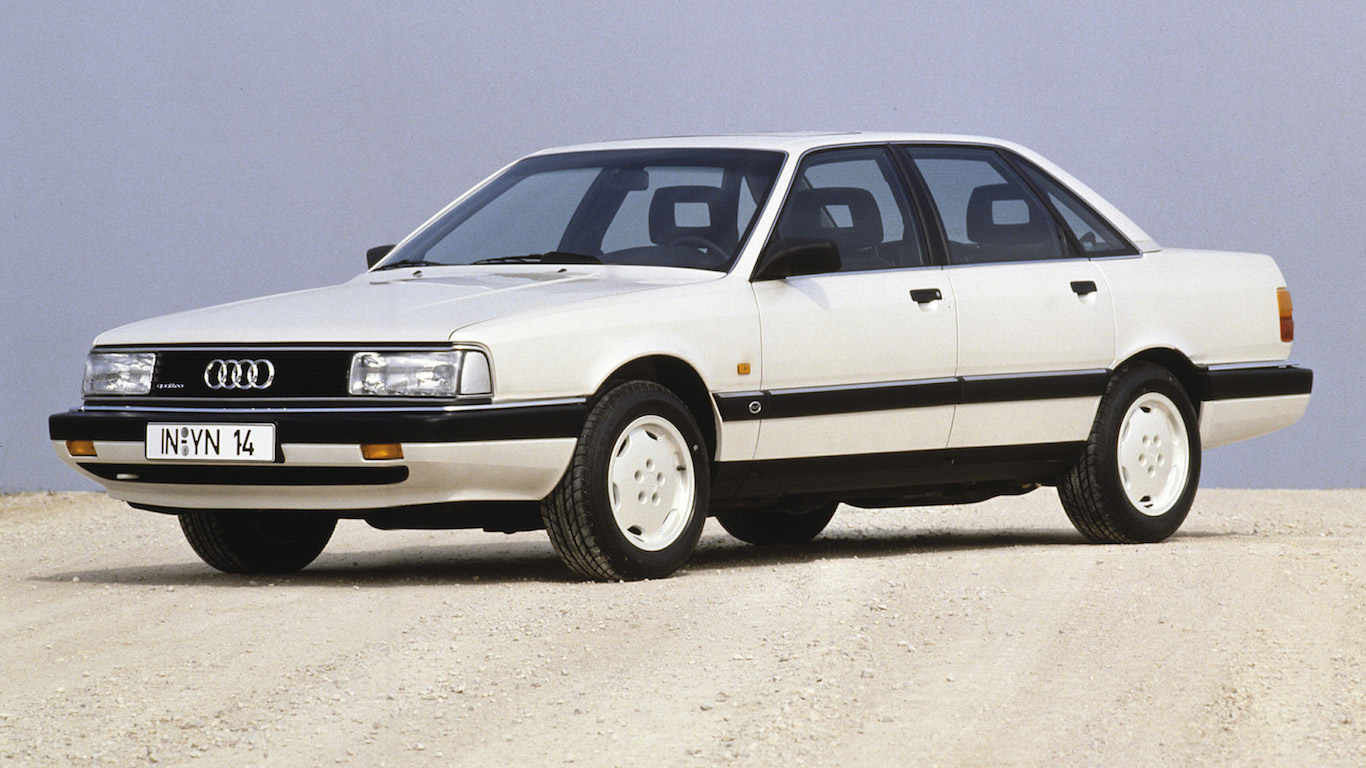
An episode of American news show 60 Minutes aired in November 1986, alleging that the Audi 5000 (sold as the 100 in Europe) was capable of accelerating unexpectedly, even when the brake pedal was depressed. With a number of drivers reporting the phenomenon, 60 Minutes used engineering trickery to make it look like the Audi 5000 was an unhinged killing machine on TV.
Despite an NHTSA report concluding that driver error was the cause of the problems, and changes to the automatic gearbox by Audi, US sales for the brand collapsed almost overnight from 74,000 in 1985 to just 12,000 by 1991.
Ford Explorer and Firestone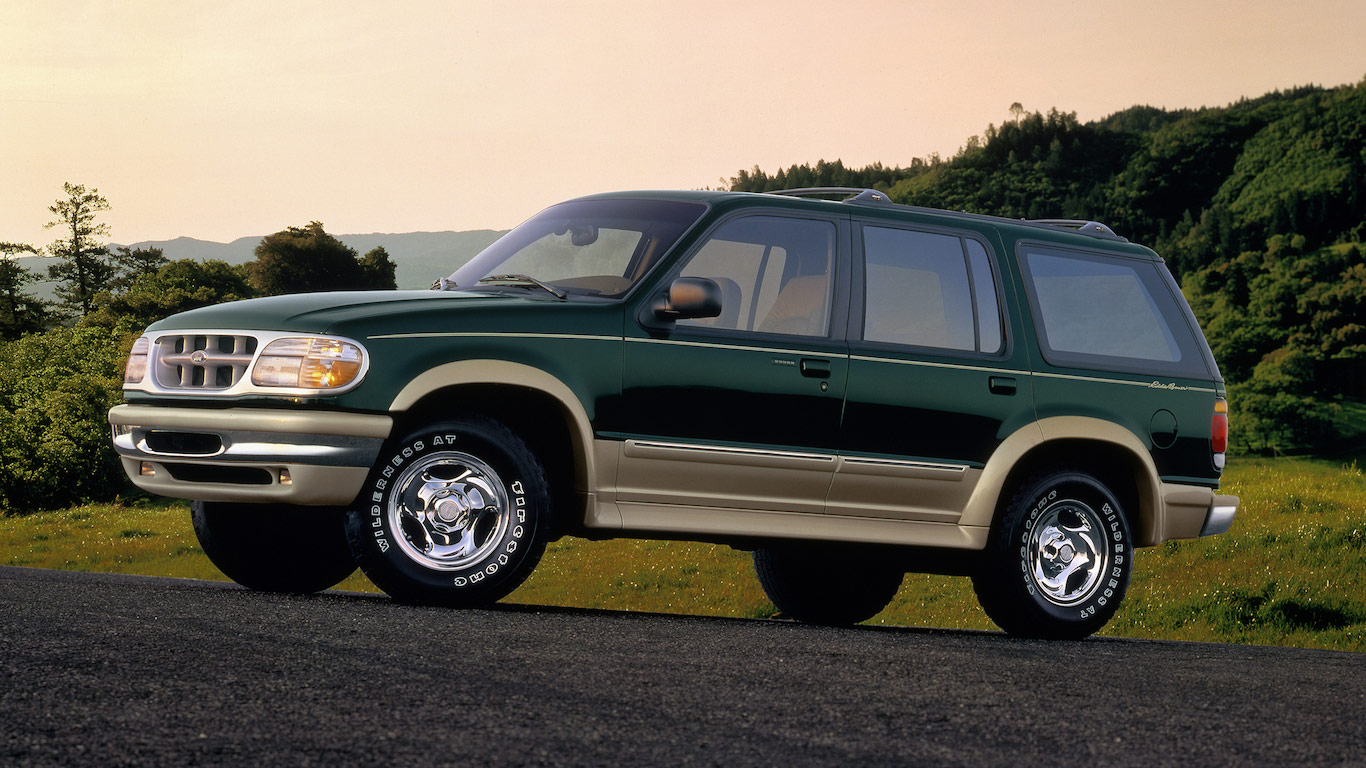
Launched during the 1990s SUV boom, Ford’s Explorer saw sales of up to 400,000 units per year, with Firestone tyres fitted to the cars rolling off the production line. However, the tyres developed a worrying trend of failing at high speed, pitching the sizeable Explorer into a rollover accident. More than 270 deaths were attributed to the Explorer/Firestone combination in the USA alone.
Ford and Firestone became entangled in legal warfare, with hundreds of millions paid out in compensation to victims. The end of the relationship between Ford and Firestone also resulted in the closure of a Firestone factory, and the need to recall millions of tyres.
Fire risk in thousands of BMWs
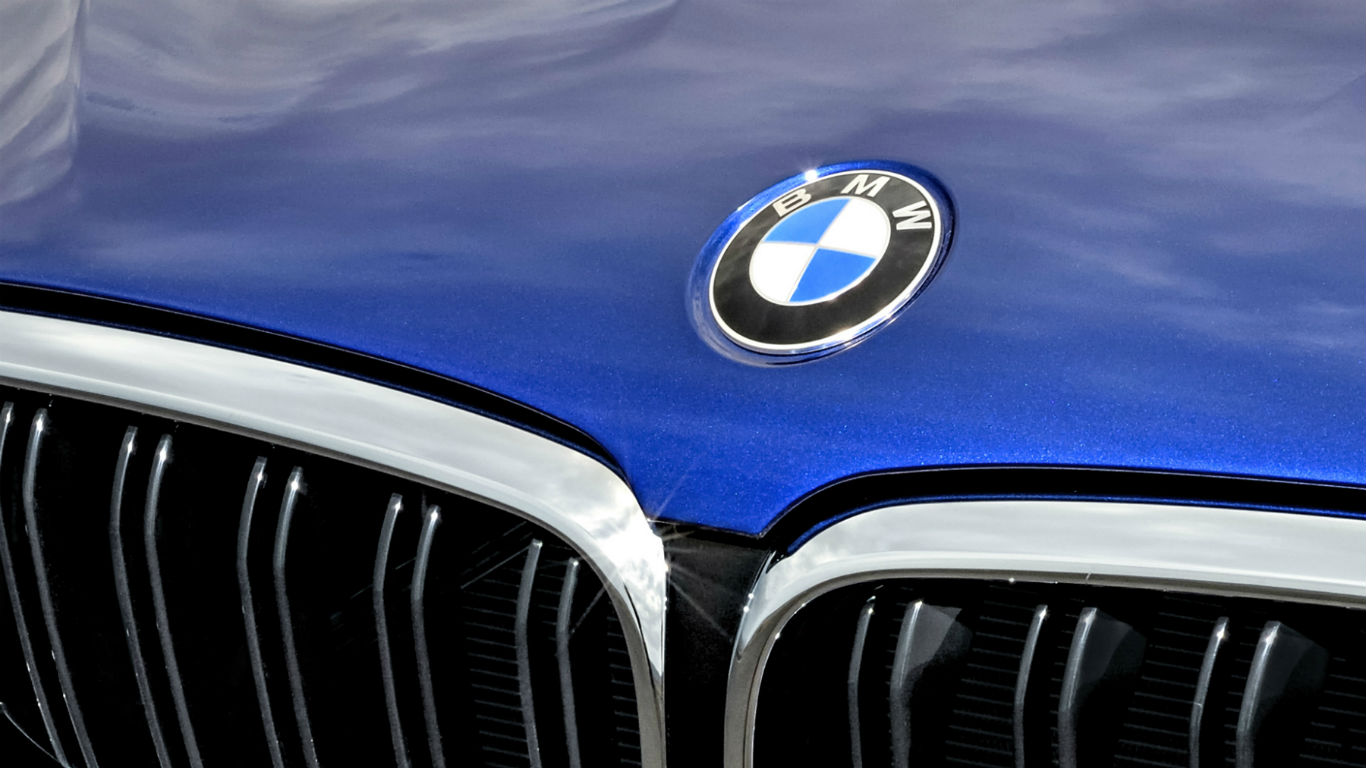
Faulty exhaust gas recirculation (EGR) modules caused a Europe-wide recall of 324,000 BMW cars due to potential engine fires. The issue affects 1 Series, 3 Series, Z4 and X1 petrol and diesel models built between March 2007 to August 2011. So far, 27 cases have been recorded.
A criminal case has been filed against the marque in Korea for its hesitance to recall more than 100,000 cars that may suffer similar issues.
Chevy Cobalt ignition key scandal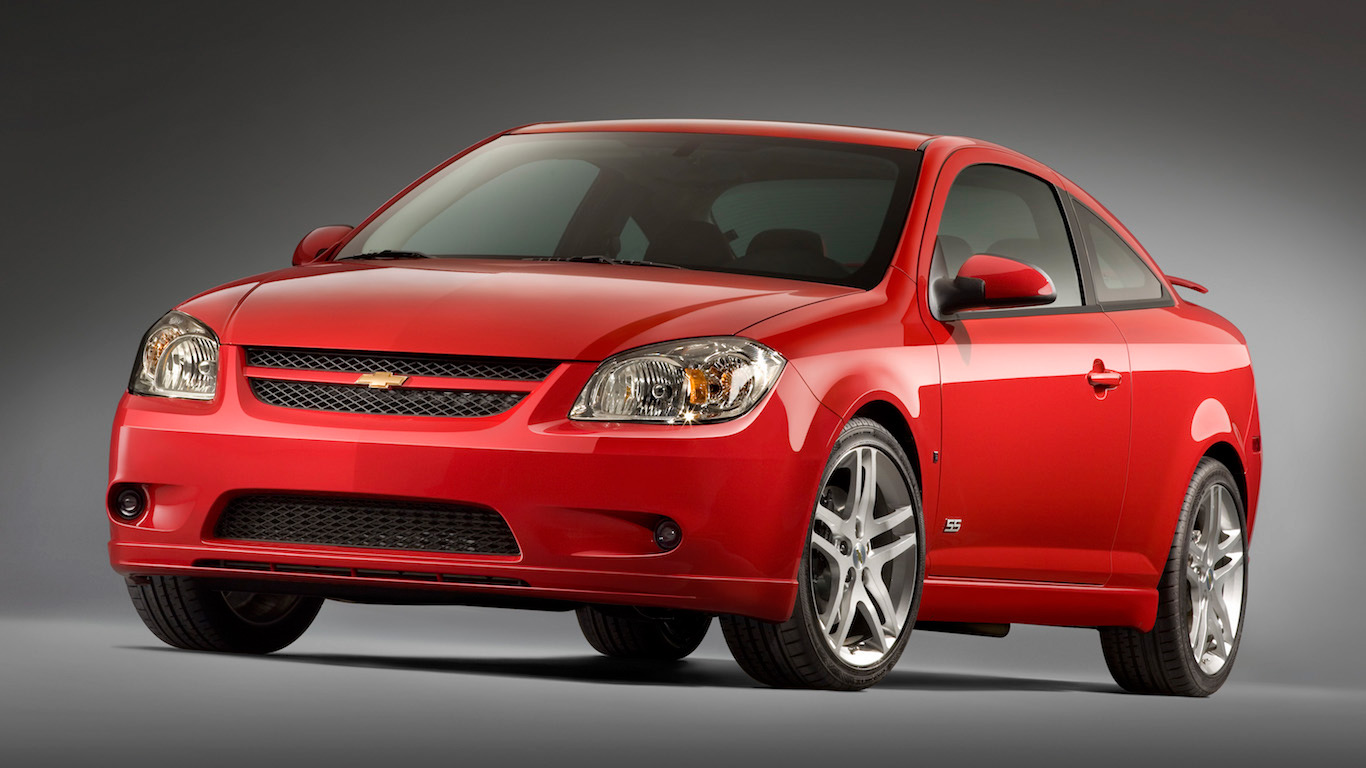
General Motors became aware of a problem with the ignition switch in the compact Chevrolet Cobalt as early as 2004. But, the American giant did nothing, despite the fact it could lead to the car inadvertently turning itself off whilst in motion. One GM engineer even found a solution in 2005, yet no action was taken to implement it.
A total of 13 deaths have been attributed to the defective ignition switch, with GM only recalling vehicles in 2013 to fix the problem. A fine of $35m was levied on the company as punishment for the decade of inaction.
Mk1 Audi TT high-speed stability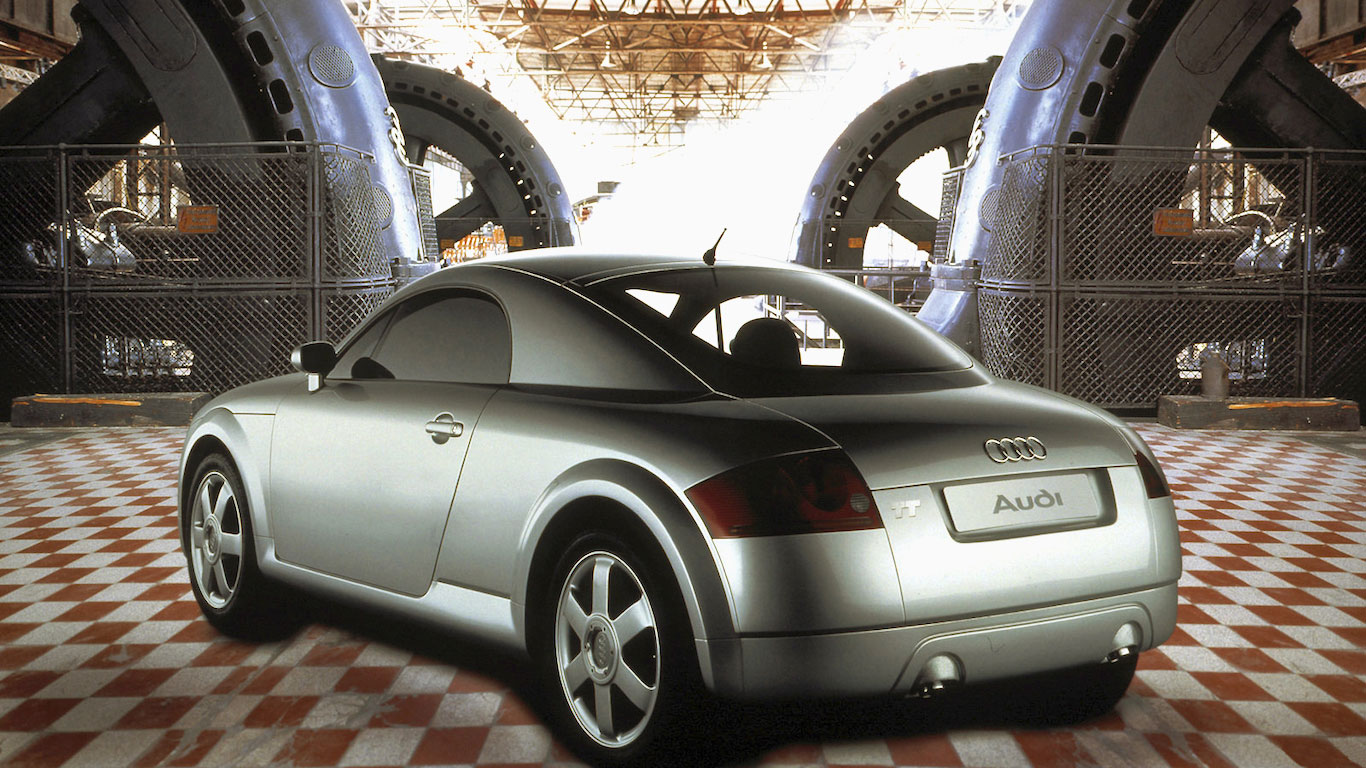
With smooth and rounded Bauhaus-inspired styling, the 1995 Audi TT Concept looked like nothing else on the market. That Audi brought the finished car to production virtually unchanged was even more impressive. Yet problems became apparent from early in the life of the TT, with a number of cars involved in high-speed accidents.
With five fatalities, Audi was forced to act. A rear spoiler was bolted to the boot to reduce aerodynamic lift, whilst modifications were made to the suspension to make the handling more predictable. An Electronic Stability Programme was also added as standard to tame the wayward rear end.
Toyota sudden unintended acceleration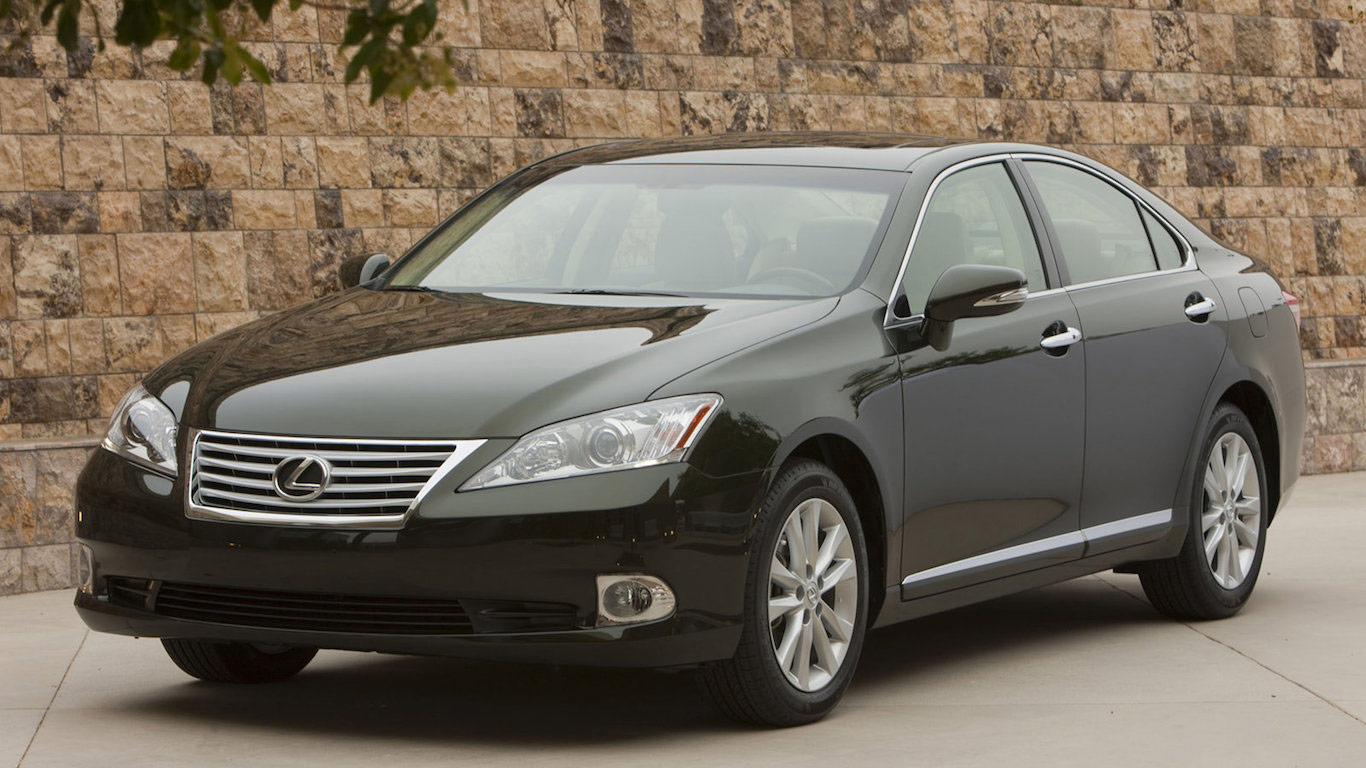
The spectre of unintended acceleration rose again in 2009, with three separate recalls undertaken globally by Toyota covering some nine million vehicles. Following reports of cars accelerating without warning, ill-fitting floor mats were initially blamed for the problem. Yet when other cases occurred without the floor mats, sticking accelerator pedals and even faulty software were investigated as causes.
After information came to light that Toyota had hidden knowledge of the unintended acceleration incidents, the US Department of Justice issued a $1.2bn fine against the company to bring proceedings to an end.
Mercedes-Benz A-Class and the elk test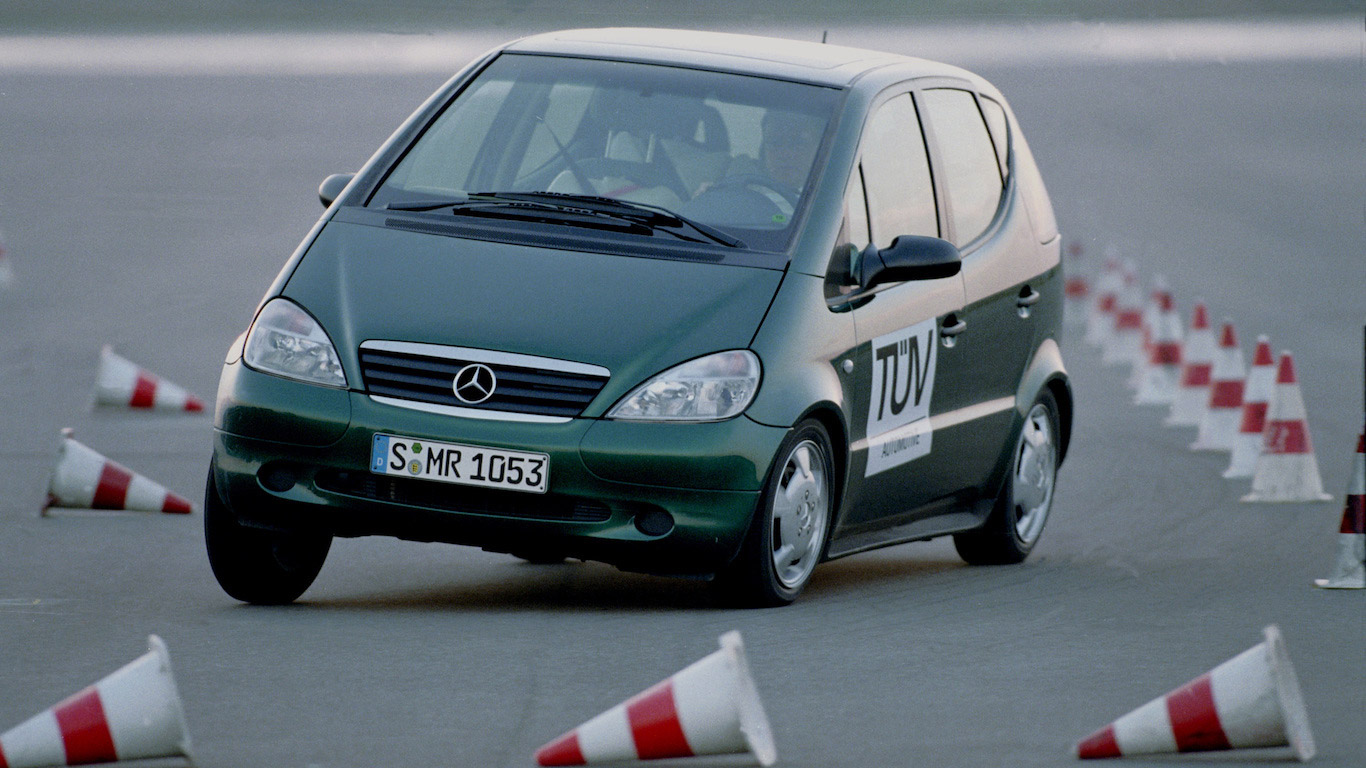
It may have had an innovative ‘sandwich’ chassis construction to help safety in frontal impacts, but the high-sided Mercedes-Benz A-Class had a fear of elk. Or, more specifically, a test by a Swedish car magazine seeing how well the A-Class fared at avoiding a hypothetical big mammal in an emergency manoeuvre.
After a prominent test failure with an A-Class rolling over, Mercedes was forced to recall all cars to fit them with electronic stability control. The embarrassment dented the image of the German giant, which had denied the problem when it was first highlighted.
Phoenix Four Consortium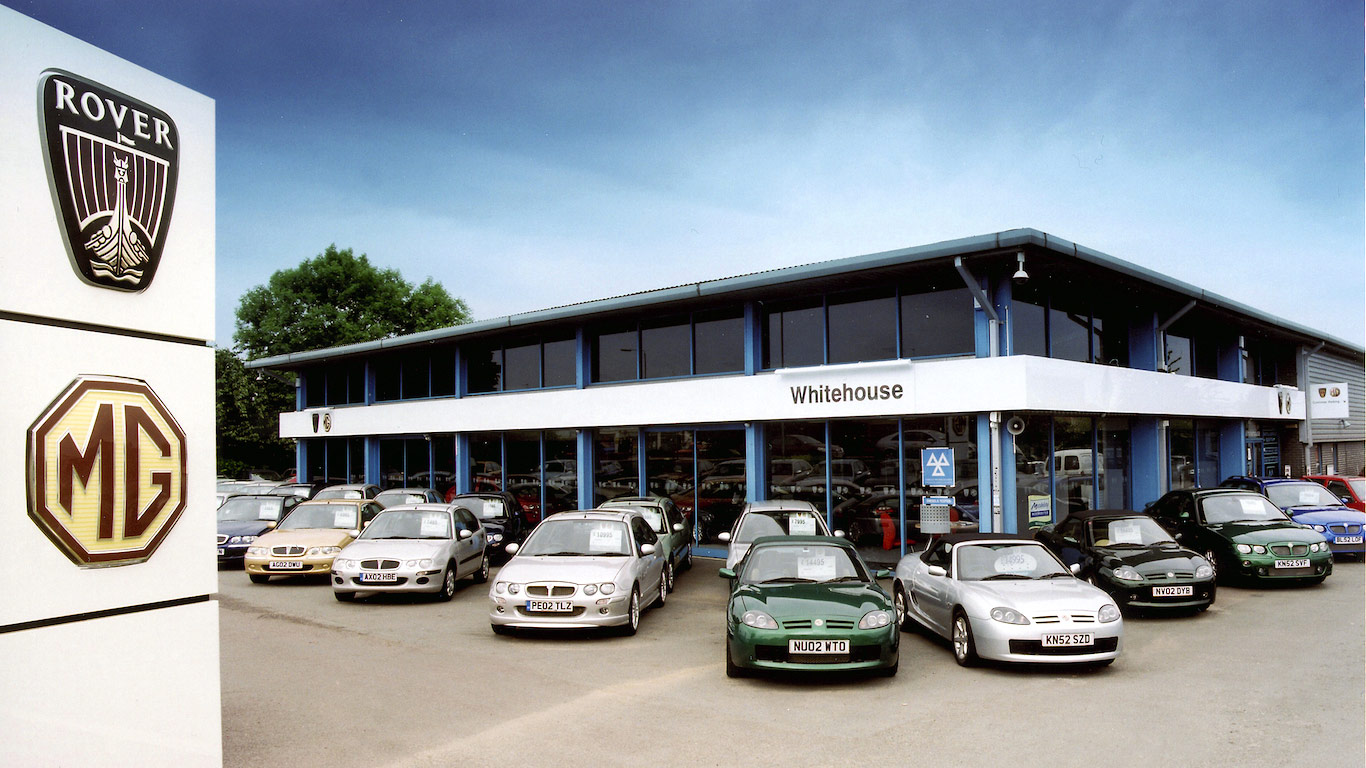
Having purchased the MG Rover Group of companies from BMW for a nominal £10, the Phoenix Four of John Towers, Peter Beale, Nick Stephenson and John Edwards embarked on a plan to push the British brand forward. But it failed, with MG Rover racking up losses of £611m in just four years.
Despite the company collapsing around them, the Phoenix Four took over £36m in salary and pensions before the final collapse of the firm in 2005 with the loss of 6,500 jobs. A £16m government investigation found Peter Beale had used special software to delete data from his computer, whilst Nick Stephenson had paid £1.6m to a close friend acting as a consultant.
Tucker 48 fraud fiasco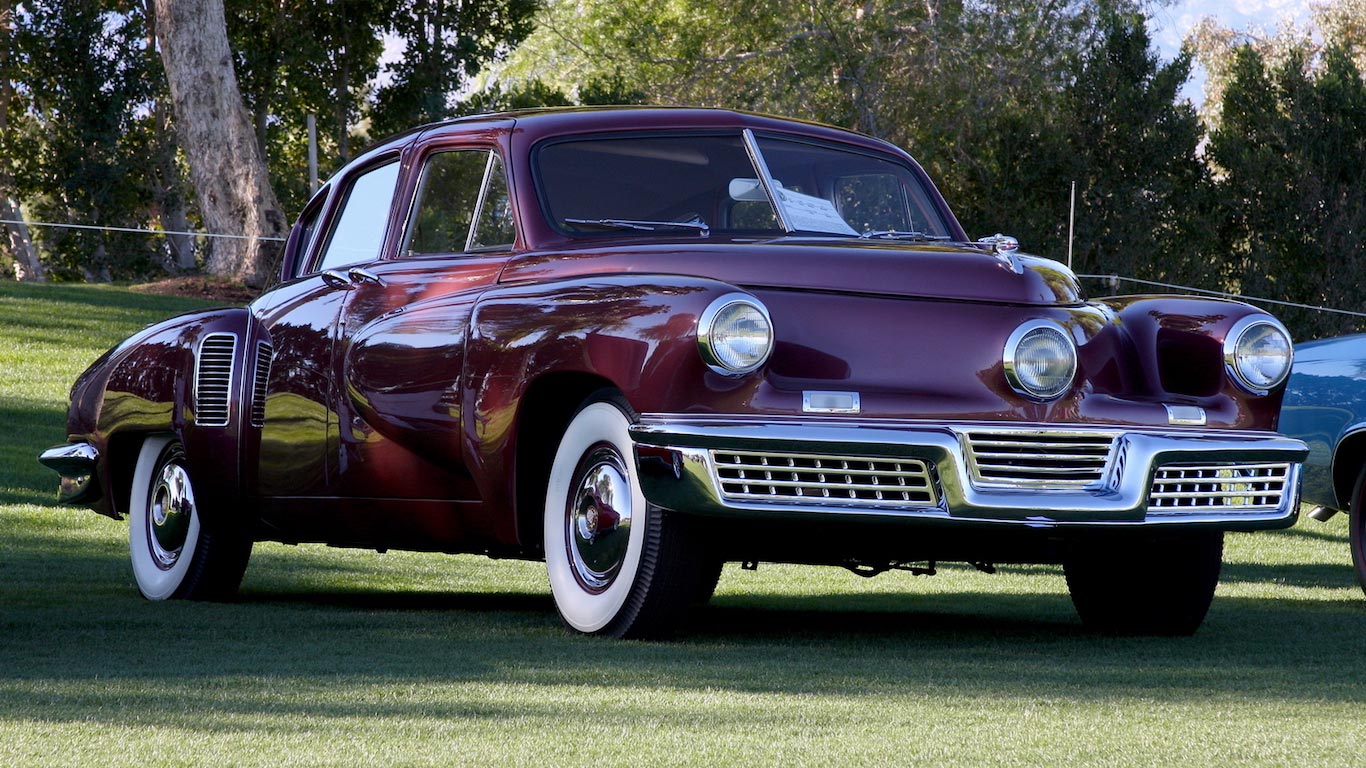
Having earned success during World War II producing turrets for armoured cars, Preston Tucker set his sights on building cars with futuristic features. His Tucker 48 was planned to have a fuel-injected engine, disc brakes, direct-drive transmission, and a body with a built-in roll bar. Tucker assembled a wealth of automotive experts, and the largest factory building in the world.
To fund all this, Tucker raised money through offering shares, and subsequently by selling parts and accessories to buyers before their car was built. The US Securities and Exchange Commission indicted Tucker for fraud, and began a three-month trial. Tucker was found not guilty, but the company was destroyed by debt and bad publicity, with just 51 Tucker 48s eventually made.
American Motors assassination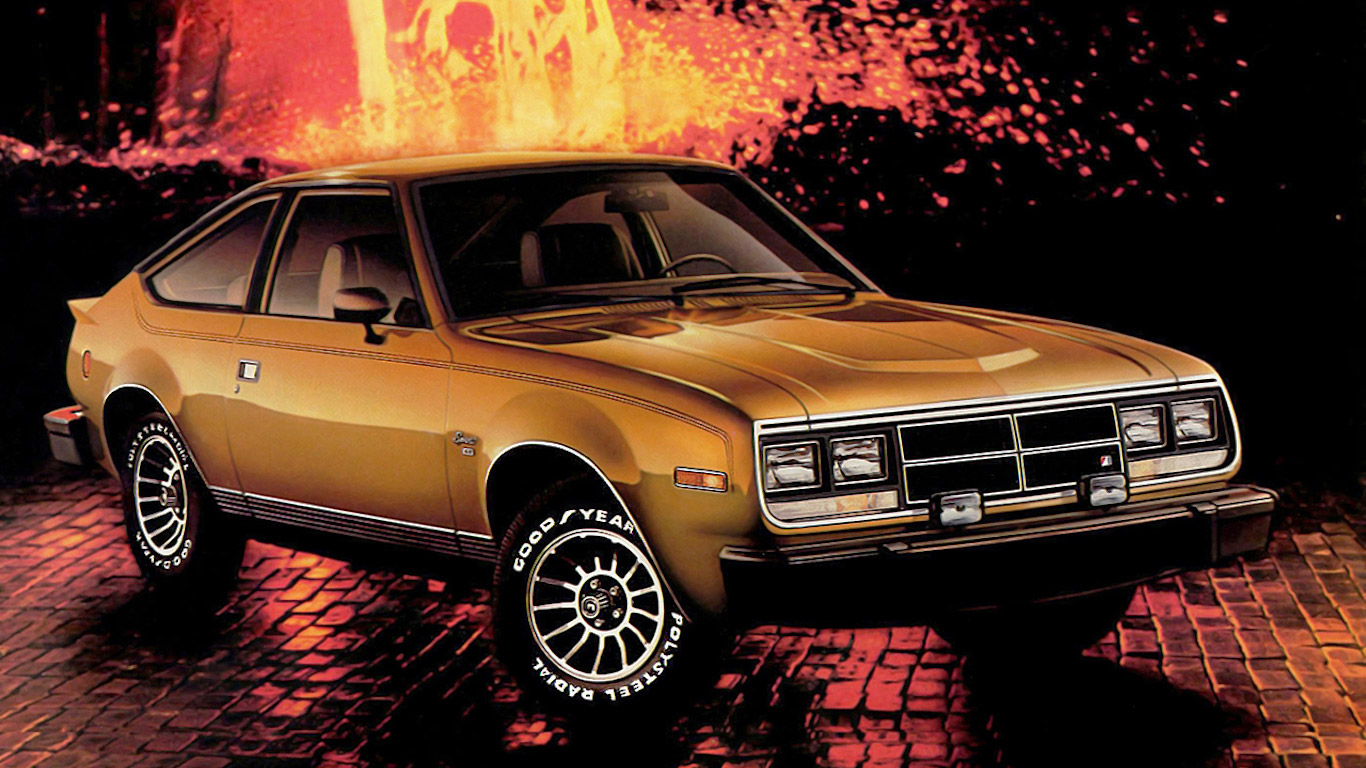
The smallest of the mainstream US manufacturers, American Motors Corporation struggled during the 1970s and eventually agreed to a Renault takeover. French executives took to fixing the problems at AMC, increasing efficiency and modernising production. But then Renault itself hit trouble in the 1980s, and called on the help of George Besse in 1985.
Appointed as director, Besse had a plan to turn Renault around, and returned the company to a profit within 18 months. This had involved making some 25,000 Renault employees redundant – making him a target for the anarchist Action Directe group. Besse was shot dead outside his home in 1986, sparking a chain of events that led to Chrysler buying AMC, making the brand defunct by 1987.
Volkswagen Dieselgate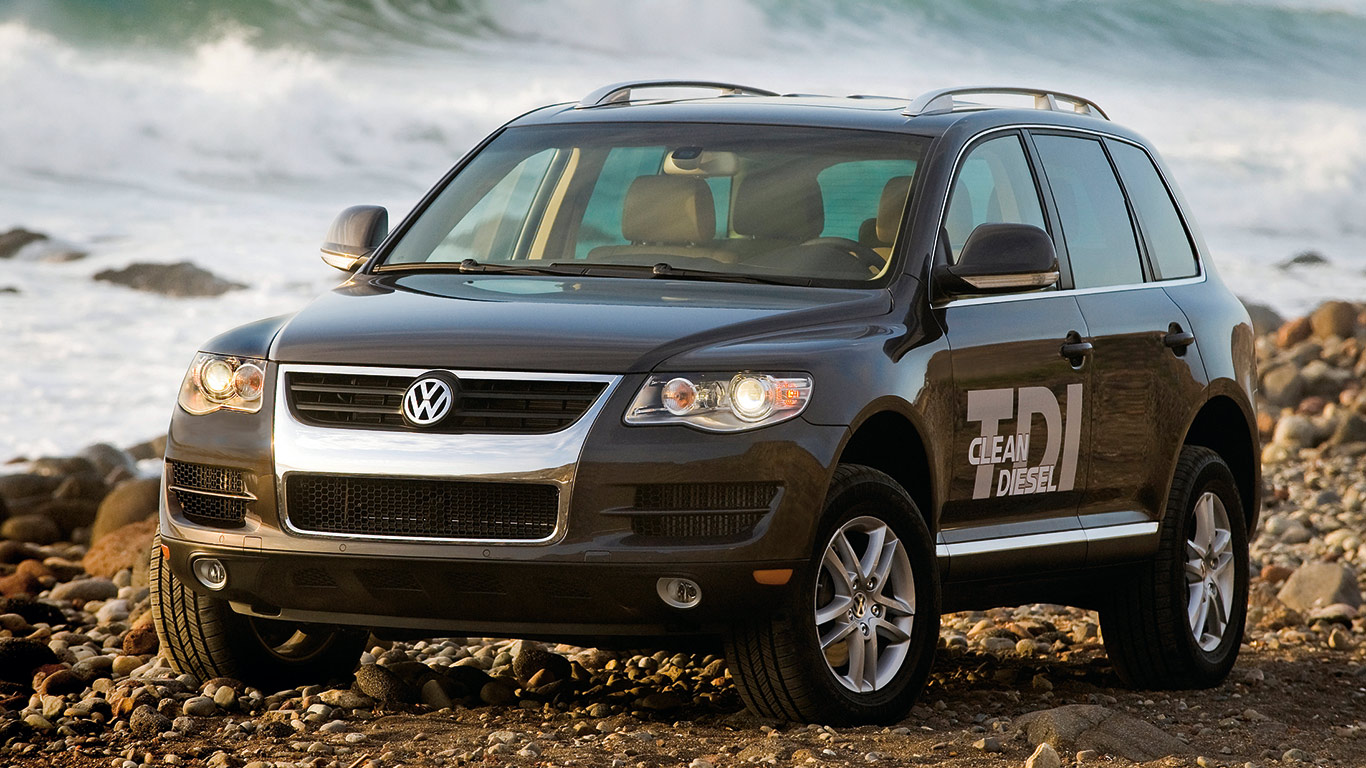
In order to meet stringent diesel engine guidelines, aimed at reducing the emissions of harmful NOx particulates, Volkswagen fitted ‘defeat devices’ to a range of TDI engines across the VW Group. The special software detected when the car was being driven in laboratory conditions, changing performance to minimise emissions. Only when real-world testing was undertaken was the discrepancy discovered, and VW owned up.
With over 11m vehicles affected across the world, Volkswagen set aside over €16bn to cover the costs of recalling cars and settling litigation, with billions more due in fines from admitting criminal liability in the United States alone.
Mitsubishi fuel economy cover-up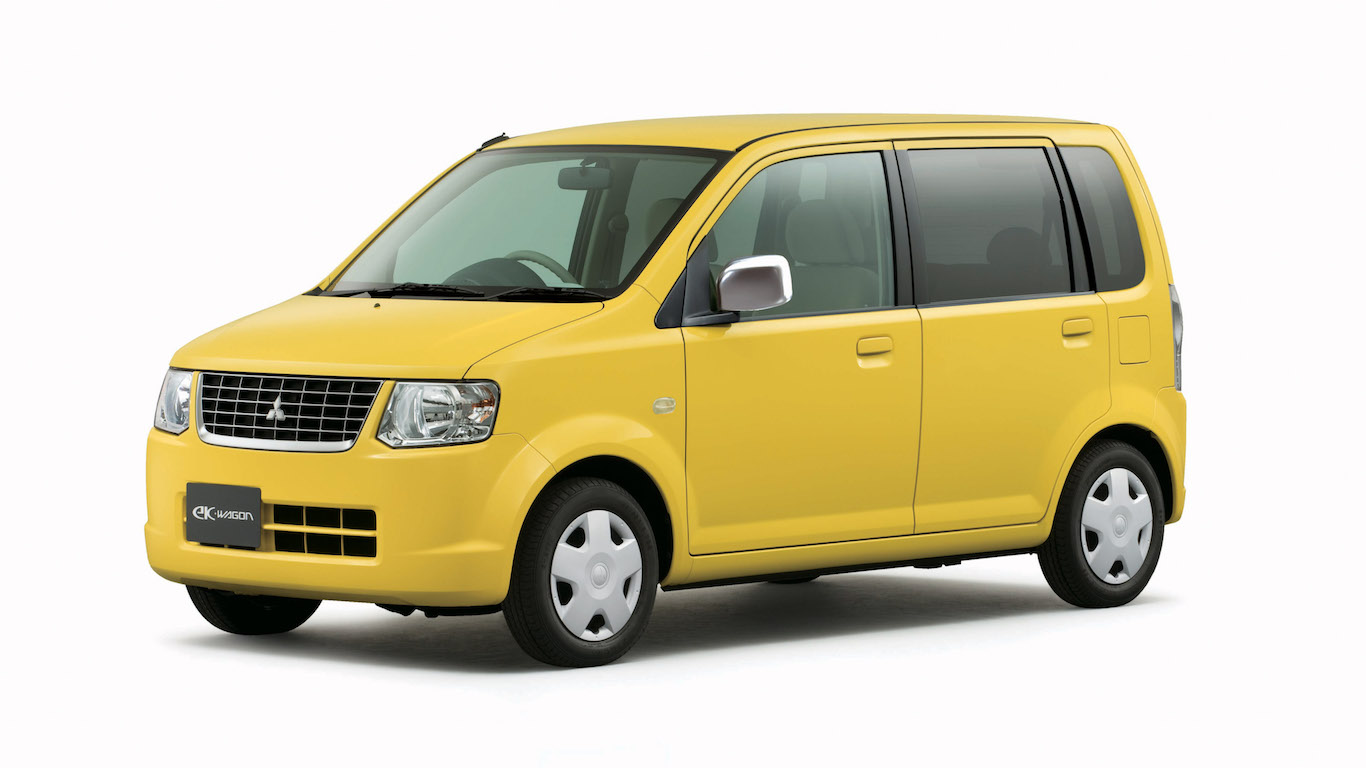
Facing aggressive targets to hit fuel economy goals for Japanese-market cars, Mitsubishi Motors employees falsified data and used unapproved testing methods for more than 25 years. This covered Kei (micro) cars like the Mitsubishi eK Wagon and eK Space.
Nissan uncovered the discrepancies whilst developing a new range of cars with Mitsubishi, bringing the findings to light in early 2016. The scandal caused the value of Mitsubishi to plummet rapidly, conveniently allowing Nissan to swoop in and acquire a controlling interest in the company.
The EPA takes on FCA Chrysler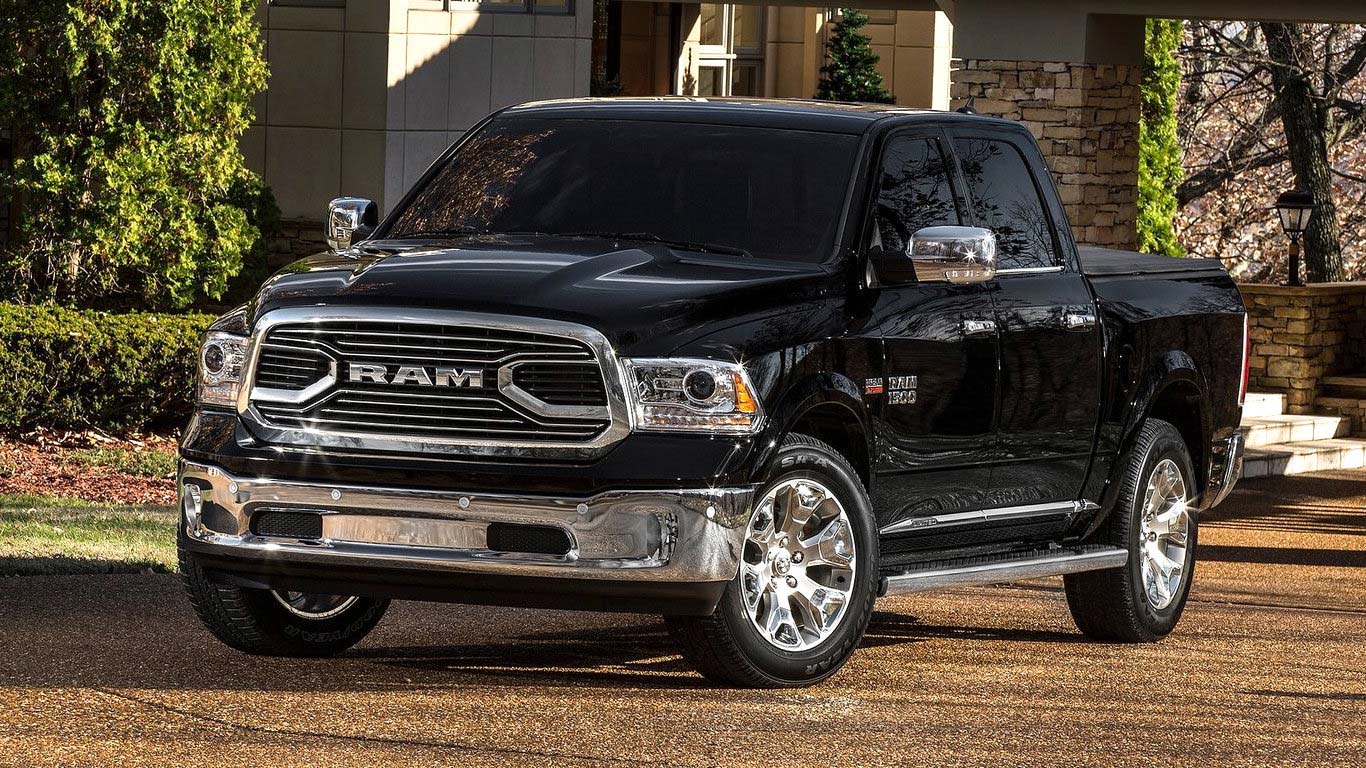
Proving that ‘defeat devices’ are not solely the preserve of the Volkswagen Group, the US Environmental Protection Agency launched action against Fiat Chrysler Automobiles in May 2017. The EPA alleges FCA fitted almost 104,000 EcoDiesel Dodge Ram trucks and Jeep Grand Cherokees with software to make engines perform differently when tested.
With vehicles sold between 2014 and 2016 affected, the EPA also banned the sale of new EcoDiesel vehicles, unless FCA could provide software update to bring the engines into line with NOx emissions requirements.